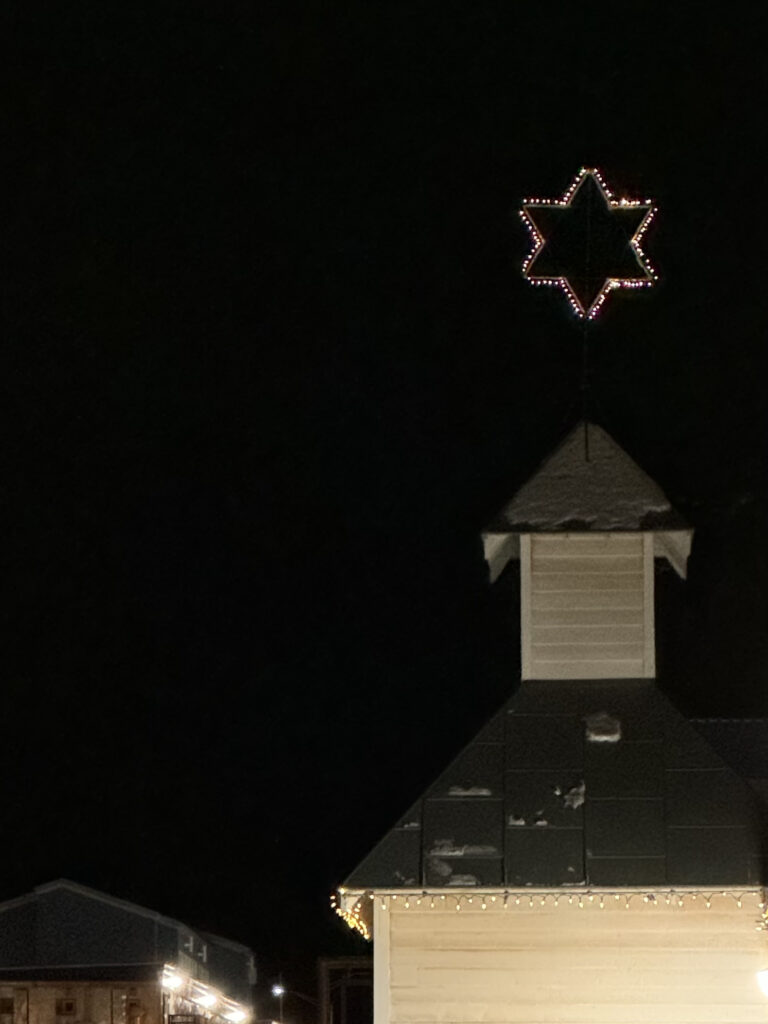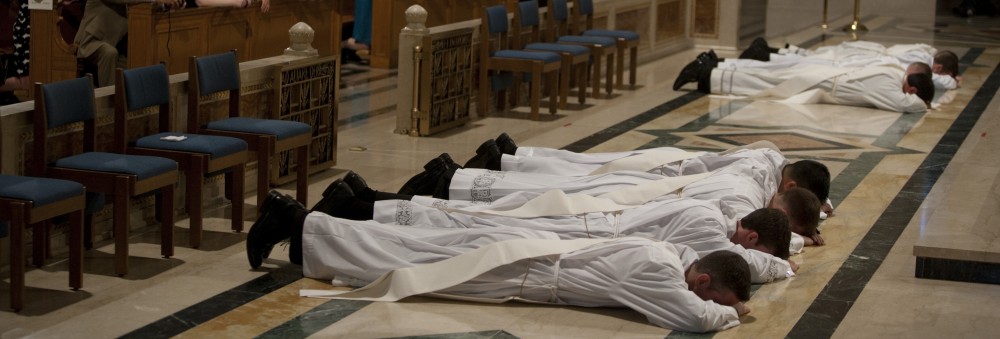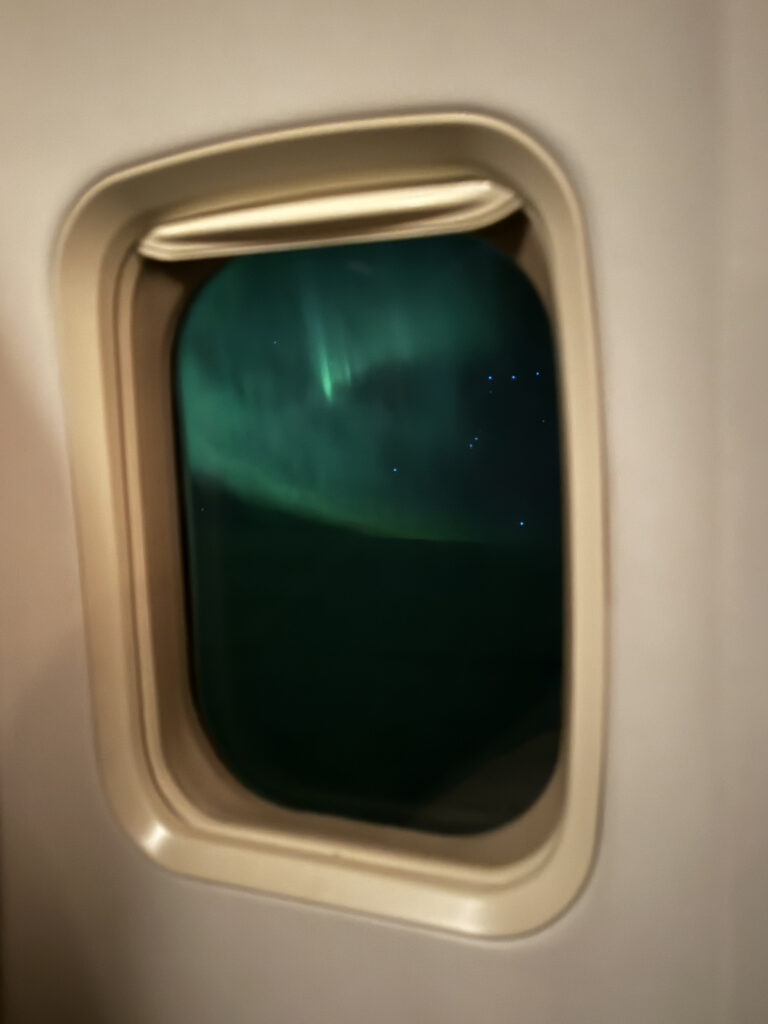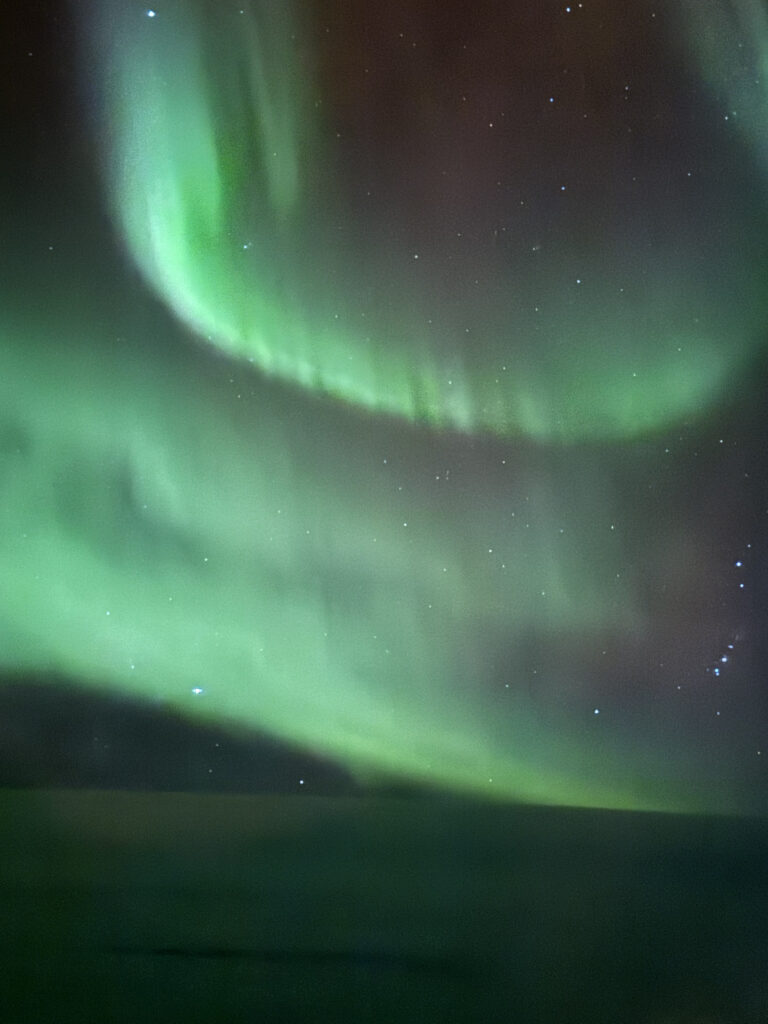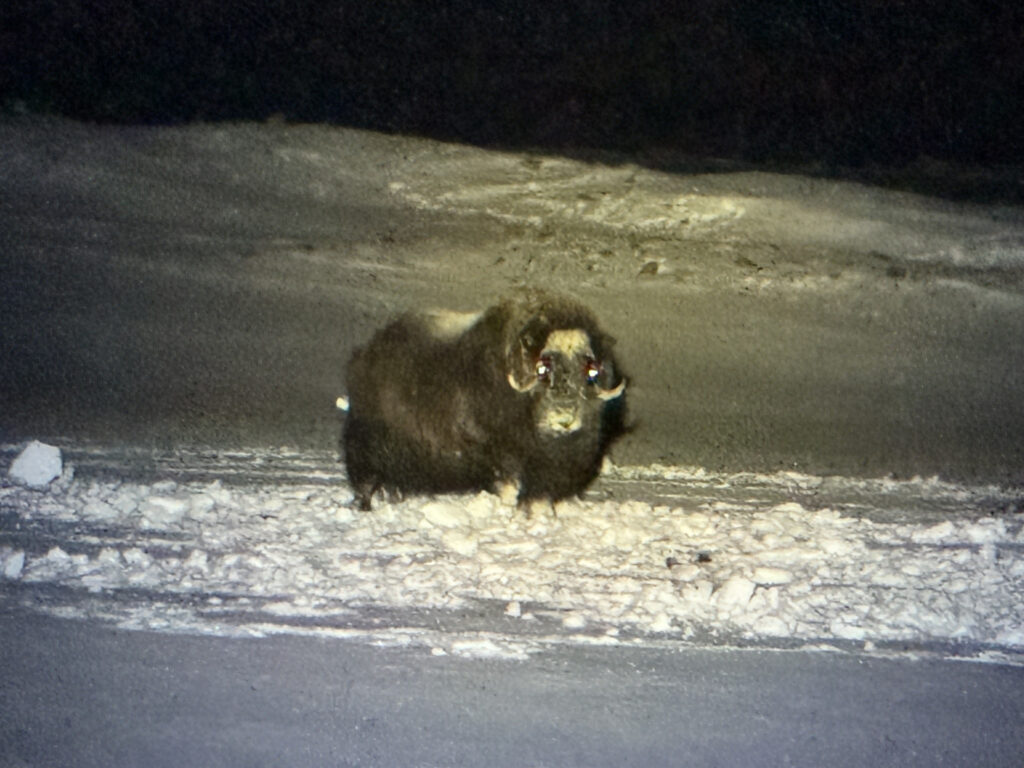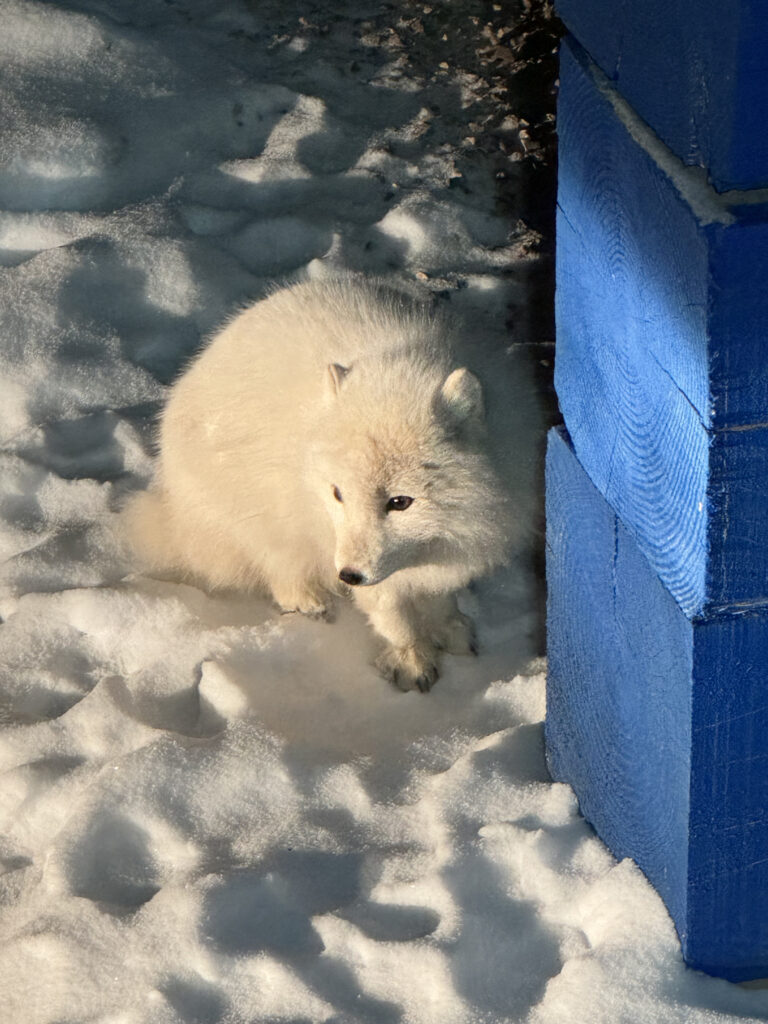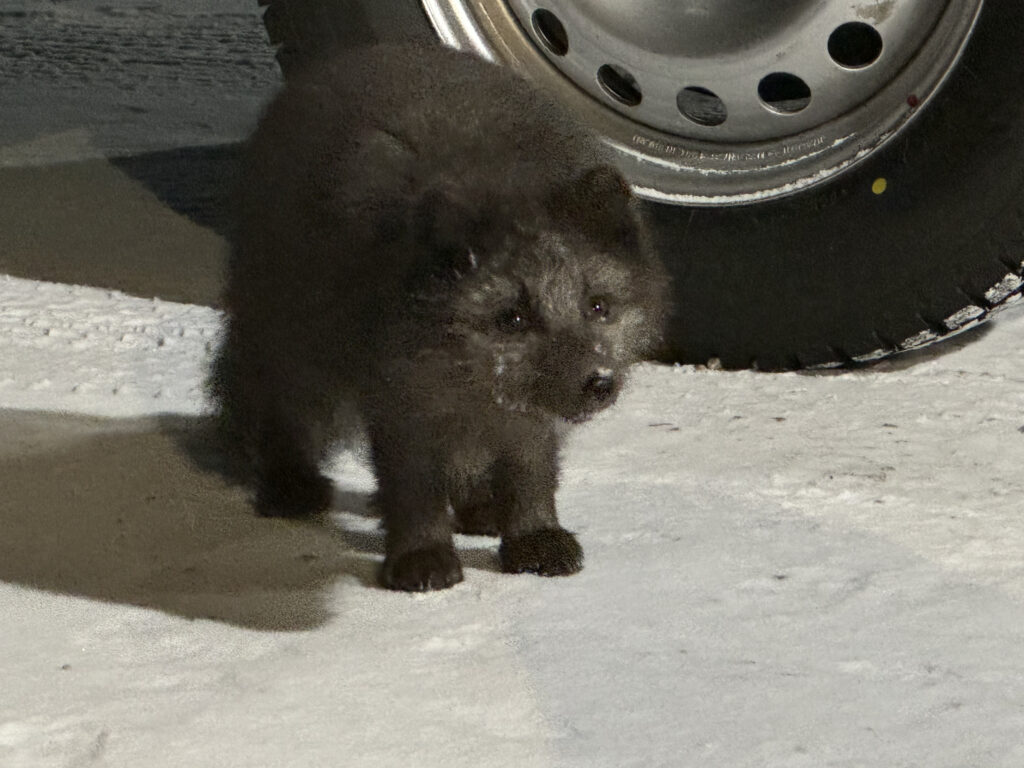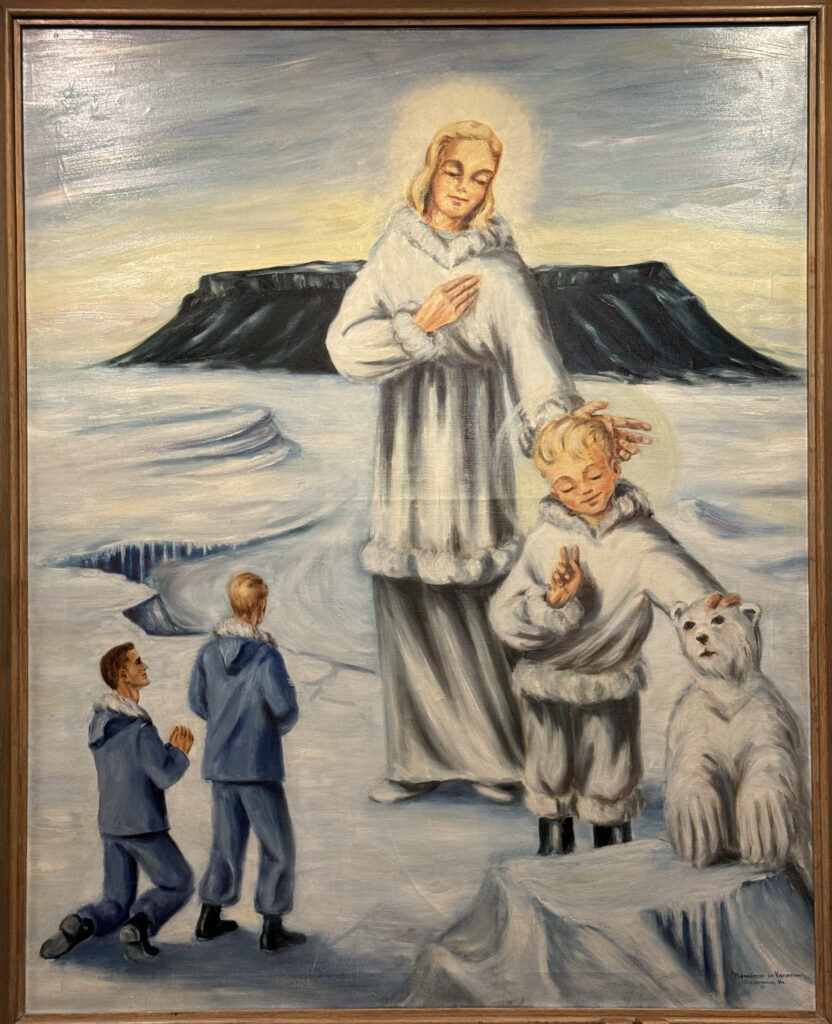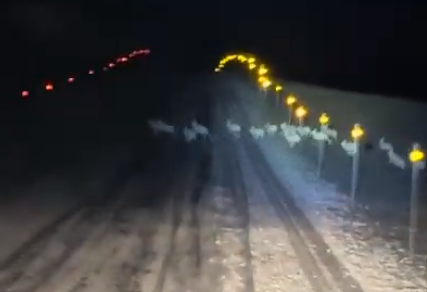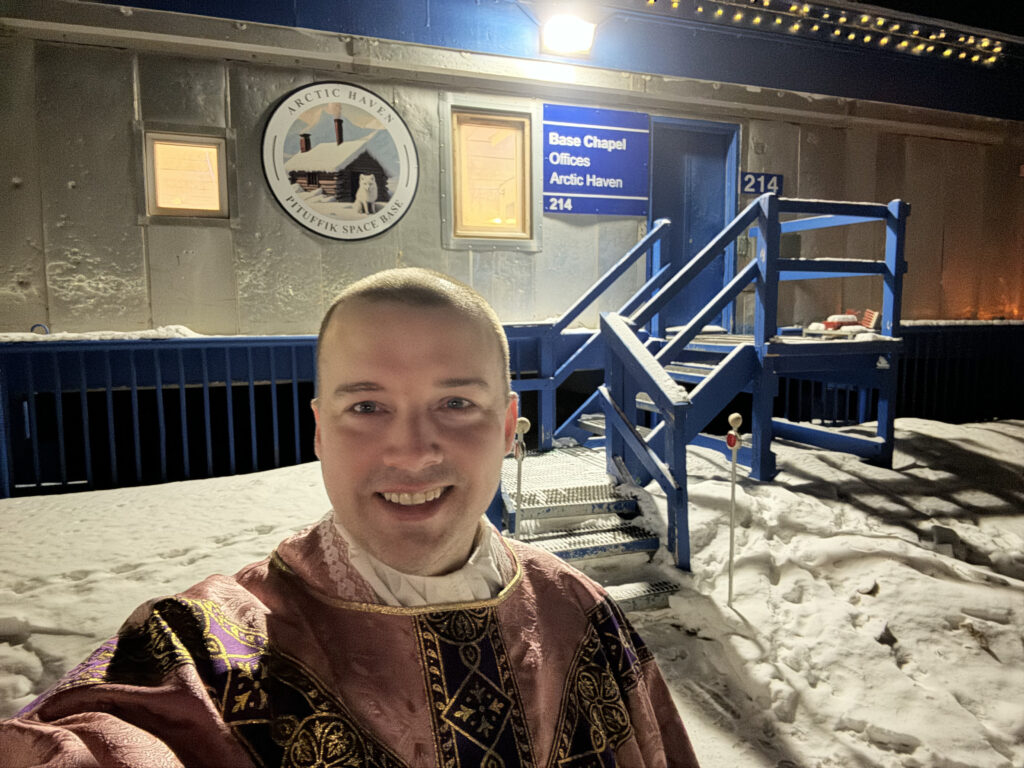This Christmas, I had the unique opportunity of celebrating the northernmost midnight Mass in the entire world. The US Space Force has a tiny base in northwest Greenland, not far from the geomagnetic north pole, strategically placed for space surveillance, satellite control, and early missile detection. Since there’s only a few hundred people stationed there, the base is billeted for only one chaplain – and it’s always a Protestant given the scarcity of Catholic chaplains and the need to station them at larger bases. Nevertheless, twice a year, for Christmas and Easter, they manage to find a Catholic chaplain with no parochial responsibilities and task him to cover Catholic services for those holidays. Given my current assignment teaching at the Air Force Chaplain Corps College – and thus not running a Catholic parish on a base somewhere, like most Catholic chaplains – the lot fell to me.
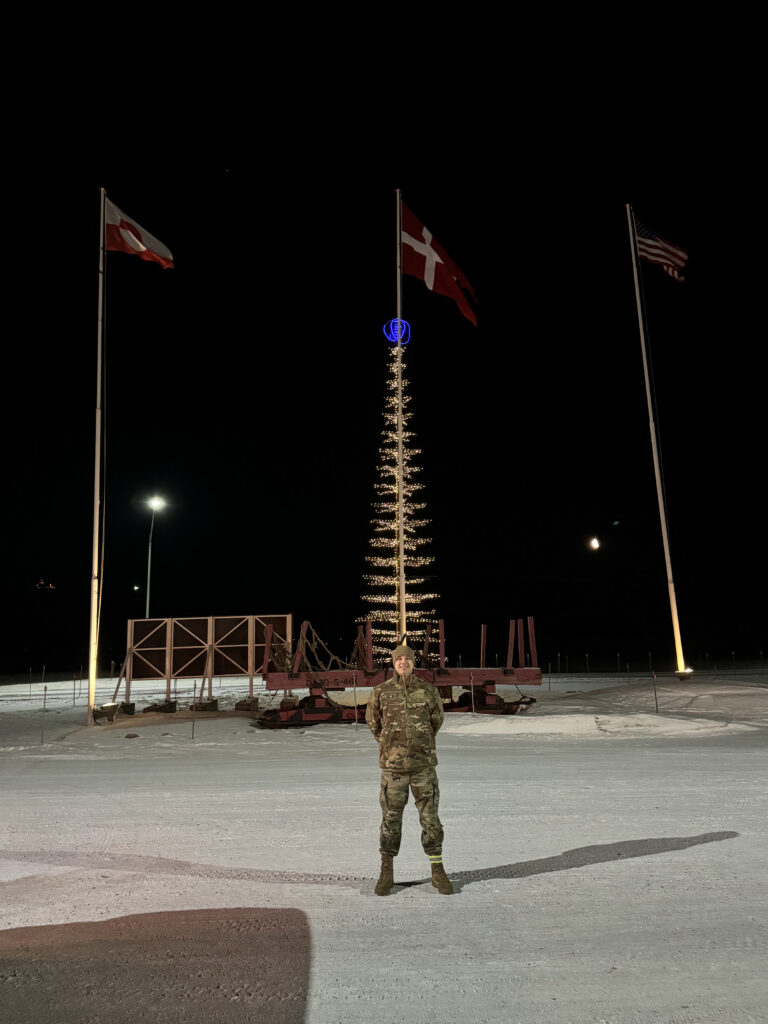
Those who know me well know that I love cold weather, snow, remote locations, and tend to avoid sunlight! Check, check, check, and check – Greenland in December has it all! The average temperature for my three weeks there was -20˚ F, we got some snow (though not as much as I wanted), the next nearest inhabited location is an Inuit village 65 miles away, and the sun didn’t come up for the entire time I was there – literally pitch black even at 12 noon! And I would go back in a heartbeat. On top of all that, I got to see the Northern Lights and plenty of Arctic wildlife, including musk ox with horns that look like pigtails, cute little foxes that follow you for food scraps, and carnivorous bunny rabbits that travel in herds. Oh, and there are polar bears too, which, incidentally, are also carnivorous. I didn’t see any of them, however, except in a 1950s painting in the chapel of a very Nordic Madonna and Child playing with one as dazed Airmen kneel off on the side in safe reverence. But no spiders or snakes anywhere on the island!
Knowing that I wouldn’t be able to see my family for Christmas, I took a full week of leave to go back home to Washington, DC, for Thanksgiving. Not wanting to waste an opportunity to help keep my nieces and nephews well-behaved during the holiday season, I sat down at the kids table on Thanksgiving and explained to them that I was going to the North Pole for Christmas to help St. Nick and that he would, inevitably, ask me about their behavior over the past year. That got their attention real quick. I explained how Santa Claus’s real name was St. Nicholas and how he was a bishop many centuries ago but then retired and was put in charge of distributing Christmas gifts. Then my nephew Landon – who is young enough to still believe in Santa but old enough to ask thoughtful, probing questions – actually asked me: “if Santa’s a bishop then why does he need you up there??” I froze, stunned, but tried to not look thrown off. Then it came to me: “well, duhhh, because he’ll be dropping off presents on Christmas Eve and needs someone else to cover the midnight Mass for the elves!” Landon squinted slightly, looked around, and said, “ok, that makes sense.” Santa would live another day.
When it came time for midnight Mass, I wasn’t sure how many people to expect. I was only getting a handful of people for the Sunday Masses over the previous two weeks, but with it being Christmas, I assumed I’d get a few more. But then again, I did schedule it for midnight and didn’t do that 4 pm Canon Law cop-out that more and more people seem to prefer. To my surprise, we had about 50 people show up, including several Danish contractors who help run the dining facility, gym, and lodging. I preached on how we, as Catholics, like to see meaning in everything – a truly sacramentalized worldview – and how, in some cultures, people would stay awake all Christmas Eve in hymns and prayer, awaiting the sunlight, and seeing in its rising a symbol of Christ as the Light of the World (John 8:12) shattering not just the physical darkness of night but the metaphorical darkness of eternal death due to our sin. As the Christmas song “O Holy Night” recounts, “long lay the world, in sin and error pining, till He appeared and the soul felt its worth.”
For us, however, there would be no sunrise for several more weeks – we would have to find other ways to spread the Light of the World. I pointed out how the moon, providentially, was almost full, and the noticeable difference its light made when walking outside. But actually – as all Space Force nerds know – the moon doesn’t have its own light…it is simply reflecting the light of the sun. Perhaps we, I encouraged, could be like the moon by simply reflecting the light of the Son in the midst of so much darkness, physical or otherwise. I noted how Mary is often depicted in art as standing on a crescent moon precisely because she reflects the light of her Son, always pointing us back to Him and never making it about herself. In order to do this, we – like Mary – would need to keep ourselves directed towards the Son, in relationship with Him. Nemo dat quod non habet.
In the High Arctic, where all time zones converge, during this midnight Mass where it’s always midnight, I couldn’t help but be overwhelmed by the truly universal dimension of the incarnation of a God Who shatters our darkness by His merciful condescension. He, Who by setting “the stars in their courses” (Judges 5:20), would thereby deprive us of any physical light for another month has, nonetheless, “leapt down from Heaven from [His] royal throne” (Wisdom 18:15) and revealed Himself as light. It would be up to us to reflect that light, even after the sun eventually rises. This universal dimension of Christmas was further exemplified during our closing hymn. We didn’t have enough hymnals (a good problem to have!), and so I decided to pick a song that I figured everyone would know: “Joy to the World.” I must share that I had chills run down my spine when, standing at the foot of the Altar after giving the final blessing and joining in the closing hymn, I could hear out of my right ear, where the Danish contingent was standing, Handel’s familiar tune being sung in what I could only assume was Danish, perfectly in sync with everyone else singing in English. The lyrics of the second verse particularly hit home for me as we were called to repeat – or reflect – the joy of this light. “Joy to the earth, the Savior reigns / Let men their songs employ / while fields and floods, rocks, hills, and plains / repeat the sounding joy / repeat the sounding joy / repeat, repeat the sounding joy!”
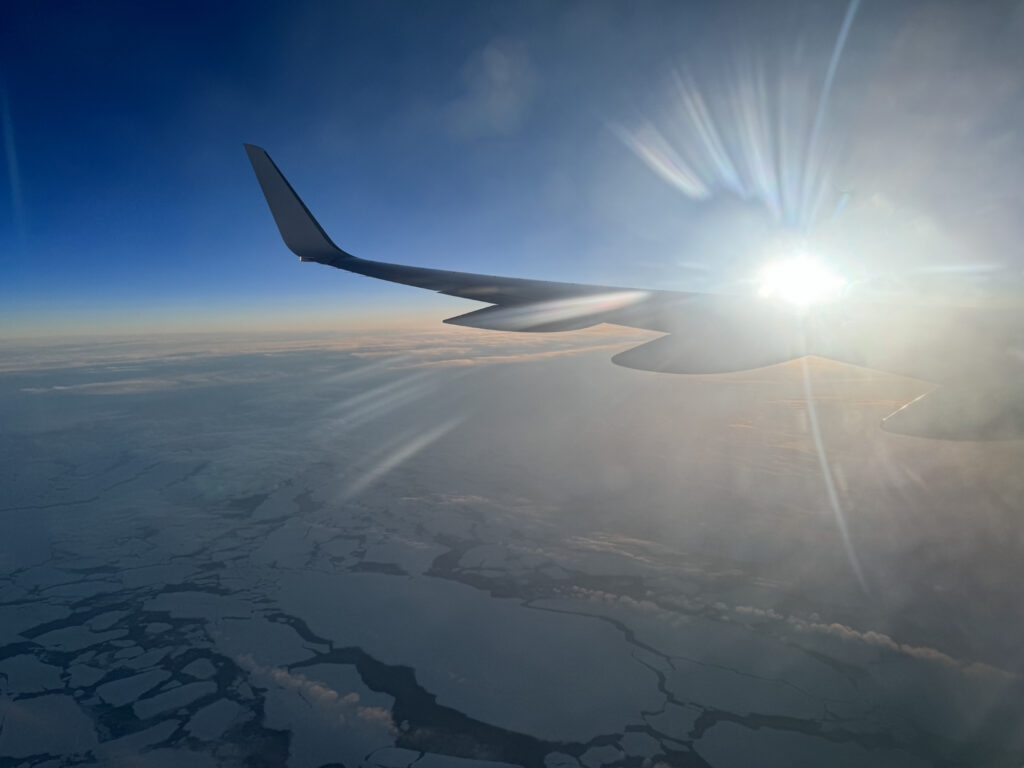
Providentially, it was on the vigil of Epiphany that my tour ended and I boarded a jet back to the States. I kept vigil at the left window, and after about an hour into the flight, I saw sunlight for the first time in weeks. Admittedly, it was a bit of an emotional experience for me. The Light of the World had indeed come, but like the Magi of old, I had to continue in darkness for the 12 days of Christmas until I should see it for myself. I, too, had a star to follow…the base chapel has a 6-pointed star permanently attached to the top of the steeple, and as I would navigate unknown roads in perpetual darkness, it always helped me find my way to the chapel where a commemorative manger was displayed inside. In the midst of perpetual darkness, it allowed me to stay oriented towards the Light of the World and hopefully, in turn, reflect that light to others. For those who remain in darkness – physical, spiritual, or both – my prayer is that a saving faith in the Light of the World may carry them safely home.
